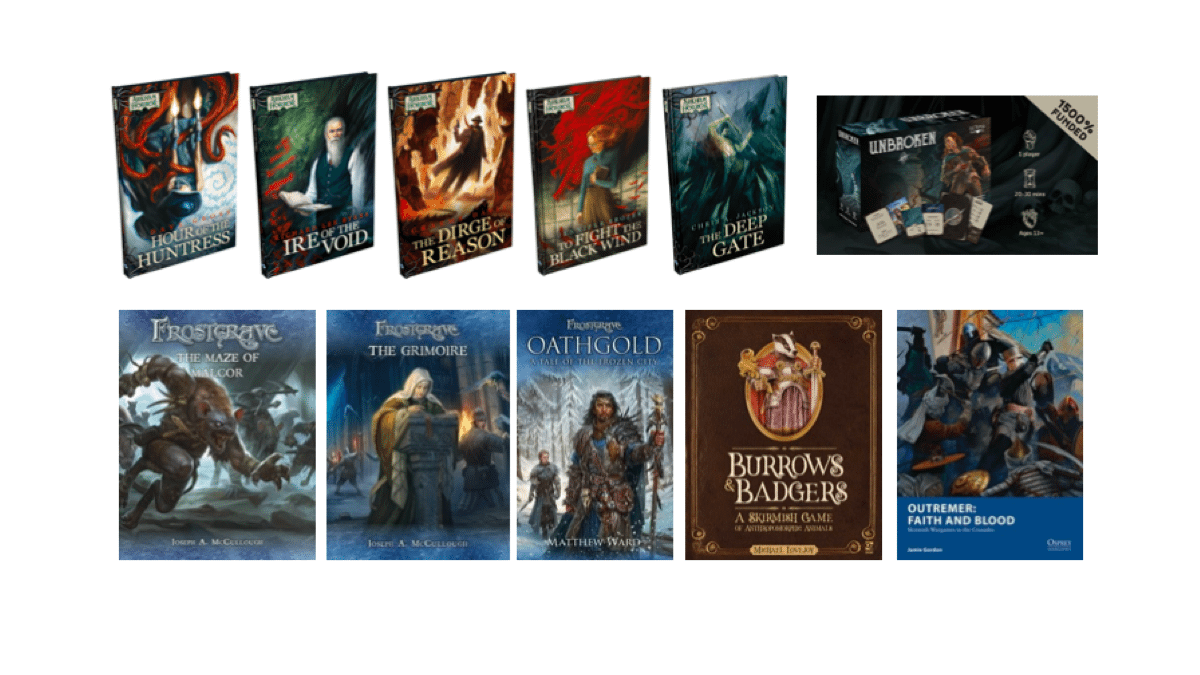
 Overview: As a parent, I’m sure can make a connection between the two phrases “(don’t) press your luck” and “take it or leave it” — I know my own kids have heard those in close proximity before. However, in this case I’m talking about something slightly different. Take It or Leave It is a new press-your-luck dice game from Gamewright, a company that GeekDad is quite fond of. If your family is fond of Zombie Dice but you want a little variety in your games of chance, here’s one worth trying.
Overview: As a parent, I’m sure can make a connection between the two phrases “(don’t) press your luck” and “take it or leave it” — I know my own kids have heard those in close proximity before. However, in this case I’m talking about something slightly different. Take It or Leave It is a new press-your-luck dice game from Gamewright, a company that GeekDad is quite fond of. If your family is fond of Zombie Dice but you want a little variety in your games of chance, here’s one worth trying.
Players: 2 to 5
Ages: 8 and up (though younger kids can play, with some help)
Playing Time: 20 minutes
Retail: 19.99
Rating: My recommendation: take it!
Who Will Like It? Fans of dice games people who like playing with probabilities. It doesn’t have zombies, but allows for a little more player interaction than Zombie Dice.
Theme: It’s pretty abstract and is just about the dice and numbers, so there’s not really a “theme” added to the game.
Components:
The game includes:
- 20 dice (2 red, 9 orange, 9 blue)
- 1 dice tray
- 30 penalty tokens
- 76 Combo cards
- 34 Action cards
The dice are translucent six-sided dice with rounded corners, fairly standard. The dice tray is a yellow plastic thing, sort of a dog bowl shape, with blue felt on the bottom. I suppose you could play the game without it, but it’s nice to keep the dice separate from those you’ve already collected. The penalty chips are translucent red plastic chips. They’re kind of chunky, which is nice: they’re not little flimsy bingo chips. The cards are pretty standard, and are easy to read with simple layouts.
A note about the box: the plastic divider holds the cards, chips, dice, and tray nicely, but because of the odd shape things take up a little more space than they really need to. I think for travel I’ll ditch the box and throw everything into a pouch (and for real portability I’ll ditch the tray, which is the largest item by far).
Gameplay:
The number of dice used depends on the number of players: for five players you use all of them, but for fewer players you’ll remove a few from the game. The game takes place over a number of rounds depending on the number of players, and the goal is to have the most points at the end by completing combo cards.
Each player gets four combo cards and one action card to begin. All of the dice are rolled in the tray. Taking turns, each player may take one die from the tray or pass (for the rest of the round). Before you take a die, you may play your action card — and then decide whether to take a die or pass.
Combo cards show some combination of dice which are required to complete the combo and score points. It may be as simple as a single die (e.g., an orange 3) or it may be something like “three blue dice which add up to less than 6” or “any number of dice adding up to 14.” The red dice are wilds and can be considered blue or orange, but when you take one you’ll also take a penalty chip (costing a point).
The action cards allow you to do various things like re-rolling dice, putting dice back into the tray, swapping the numbers of an orange die with a blue die, or adding and subtracting numbers from dice.
The round ends when there are no more dice in the tray or every player has passed. Then everyone shows which combo cards they have completed. Each die you collect can only be used toward one of your combo cards; and any dice that you take that you can’t use to complete a combo costs you a point (in the form of a penalty chip). If you have a red die that you can’t use in a combo, you’ll take another penalty chip for it (so it ends up costing you two points total). Each player forms a scoring pile with their scored combos.
To start a new round, everyone may discard one remaining card, and then draw back up to four combos and one action. The next player starts the round, and all the dice are re-rolled into the tray.
The game ends after each player has started an equal number of rounds — for fewer players each player will start 2 or 3 times instead of just once. The player with the highest score (combo cards minus penalty chips) wins the game.
Conclusion:
Take It or Leave It is pretty simple, but it’s a great way to encourage kids to think about probabilities. The scores for the combo cards are, of course, based on the difficulty of scoring them. It’s quite easy to get “two dice of any color” but a lot harder to get “three orange dice that add up to less than 8” — particularly if you can only take one die at a time. Will you be able to score a four-dice combo or will the dice you need be gone by your next turn?
There’s a lot of luck in the action cards, of course, but when you can’t use them to help yourself sometimes you can still use them to throw another player off their game. The rules even state that in the “cast one die back in the tray” action, you can use that to knock other dice around in the tray, potentially changing numbers to something in your favor.
I like the fact that everyone is taking dice from the same pool — unlike Zombie Dice, your strategy can be hindered directly by the actions of other players. But you also don’t want to drop out too early, because the last player can take any of the remaining dice before ending the round.
Overall, it’s a quick, easy-to-learn game that’s fast to play. While it’s simple enough to play with younger kids, it also lends itself to some cutthroat strategy for more experienced players who are willing to take some penalties to foil their opponents’ plans.
For more info, visit the Gamewright website, or you can order from Amazon.
Wired: Nice components, fun press-your-luck play, easy to learn.
Tired: The single action card can make you feel like you don’t have options: if so, try the variant rule allowing for any combination of five cards in hand.
Disclosure: GeekDad received a review copy of this game.






